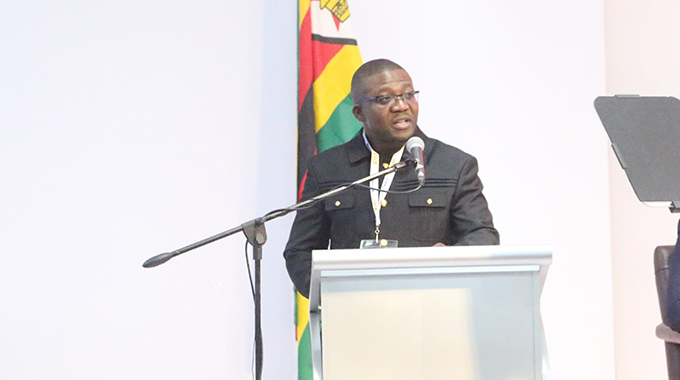2 462 Bulawayo men circumcised
Thandeka Moyo, Health Reporter
ABOUT 2 462 Bulawayo men were circumcised during the first quarter of the year, up from 2 080 over the same period last year.
According to recent National Aids Council statistics, 35 men could not be circumcised during the same period as they tested HIV positive.
The majority of men who were circumcised were between 25 and 49 years while only four aged over 50 years were circumcised.
Bulawayo Provincial HIV/Aids coordinator Mrs Sinatra Nyathi said although more men had come for circumcision, they were not satisfied with the figure as they want more to be circumcised. “We are happy that at least we recorded an increase which shows men are really taking up circumcision. However, we failed to reach our target hence we urge men to continue going for circumcision as it is one of our key methods of prevention of HIV,” said Mrs Nyathi.
“Women should also play a supportive role as they stand to benefit from the procedure. It has been proven that circumcised men have reduced chances of spreading the human papillomavirus which causes cervical cancer in women.”
Mrs Nyathi encouraged older men to embrace the procedure so that the country reaches its target.
Zimbabwe has a target to circumcise at least 1,3 million people by the end of the year.
Mrs Nyathi said:
“We still have the 2030 HIV targets and we are reminding churches and families to do everything they can to end HIV. We have spent the last three decades focusing on HIV and its time we shifted to other health issues.”
According to the World Health Organisation, achieving and maintaining 80 percentage circumcision up to 2025 would avert 3,4 million new HIV infections in the 14 heavily burdened countries which include Zimbabwe.
“A one-time intervention, medical male circumcision provides men life-long partial protection against HIV as well as other sexually transmitted infections. It should always be considered as part of a comprehensive HIV prevention package of services and be used in conjunction with other methods of prevention, such as female and male condoms,” says WHO.
@thamamoe










Comments